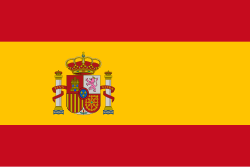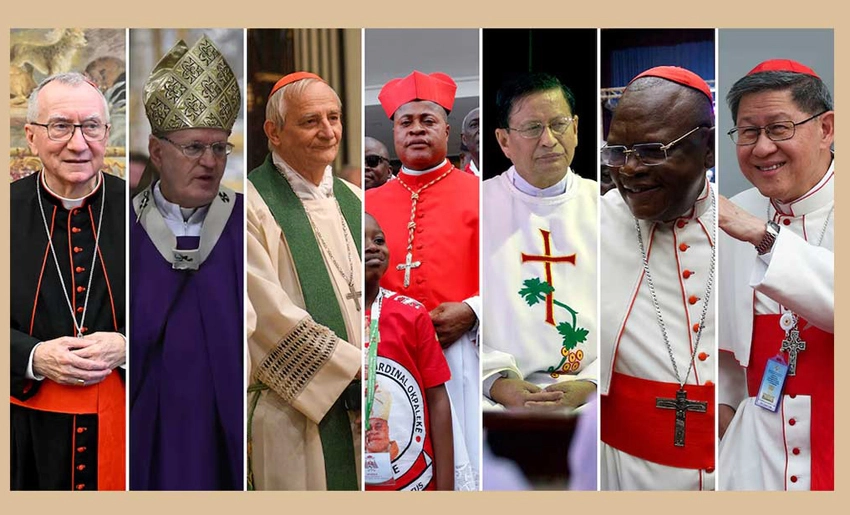Most of the 135 cardinals who will participate in the conclave to elect Pope Francis‘s successor from among 15 possible candidates are gathered at the Holy See in Vatican City.
A report published on the Fanpage website, citing Vatican sources, highlights the fact that the number of such high-ranking ecclesiastics who will participate in the vote far exceeds the 120 contemplated in the Apostolic Constitution.
Fifty-nine cardinals from Europe, as well as 37 from the Americas, 20 from Asia, 16 from Africa, and three from Oceania will be present at the conclave.
Thirty-four of them will represent religious orders, including five Salesians, four Jesuits, one Capuchin friar, seven Franciscans, two Dominicans, two Vincentians, two Redemptorists, and two SVDs, among others.
Among the 15 cardinals considered as possible successors to the supreme pontiff are three Italians, including Pietro Parolin, the current Secretary of State of the Holy See, considered the most experienced in matters of diplomatic relations and Vatican bureaucracy.
Also present is Matteo Zuppi, president of the Italian Episcopal Conference (CEI), renowned for his skills as a mediator. Following the Russian invasion of Ukraine, Francis sent him on a peace mission to kyiv, Moscow, Washington, and Beijing.
The third is Pierbattista Pizzaballa, Patriarch of Jerusalem of the Latins, recognized as one of the most prominent figures in the Catholic community in the Middle East, who maintains a position in favor of peace between Israel and Palestine.
Added to the list are Cardinals Anders Arborelius of Sweden; Reinhard Marx of Germany; Jean-Marc Aveline of France; Juan José Omella of Spain; Luis Antonio Gokim Tagle of the Philippines; Lazzaro You Heung-sik of South Korea; and Fridolin Ambongo Besungu of the Democratic Republic of the Congo.
Also included are Péter Erdo of Hungary; Roberth Sarah of Guinea; Marc Ouellet of Canada; and Americans Blase Joseph Cupich, Robert Francis Prevost, and Joseph William Tobin.
The conclave could begin around May 5th, once the nine days of mourning, known as the Novendales, conclude with Masses and tributes to Pope Francis, beginning after the funeral Mass, which will take place next Saturday, followed by the burial of the Bishop of Rome, who died on the morning of April 21.
The cardinal electors will be housed in the Vatican and will vote behind closed doors without contact with the outside world, with up to four plebiscites per day, until the two-thirds vote necessary for a candidate to be elected is reached.
After each round, the ballots are burned, and if there is no agreement, the smoke that will emerge from the chimney will be black.
If a new pope is elected, the smoke will be white, and minutes later, the most senior cardinal of the diaconal order will appear on the balcony of St. Peter’s to pronounce the famous expression “Habemus Papam!” to announce the name of the new pontiff. The chosen one will then present himself and offer his first Urbi et Orbi blessing to the city and the world.
With information from Prensa Latina
Translated by Aliani Rojas Fernández
- Holguin Advances in Hydraulic Works Projects - 16 de December de 2025
- Holguin’s Advances in Coastal Protection with Renewable Energy - 16 de December de 2025
- Mijaín López will be at Fitur-Madrid in January - 16 de December de 2025

